
The federal electric vehicle tax credit used to be pretty straightforward. Want an electric car? All you had to do was buy one from an automaker that sold fewer than 200,000 electrified vehicles. Depending on the battery size, vehicles were eligible for up to $7,500. Then the Inflation Reduction Act (IRA) became a thing and made things far more confusing. It introduced a lot of requirements for electric vehicles and buyers to be eligible for the electric vehicle tax credit in 2023. While the thinking behind the IRA was to push buyers to purchase an American-built EV, it’s made things extremely confusing for anyone looking to purchase a car.
The IRA was signed into law in August 2022, making 2023 the first year when buyers will really have to sort through all of its confusing language to see how much of a tax break they get can for purchasing an EV. The government isn’t making things easier on buyers, though, as it’s made some fresh changes to the IRA that make things even more perplexing. If you’re looking to purchase an EV, here’s your guide on how to navigate the available federal electric vehicle tax credit for EVs in 2023.
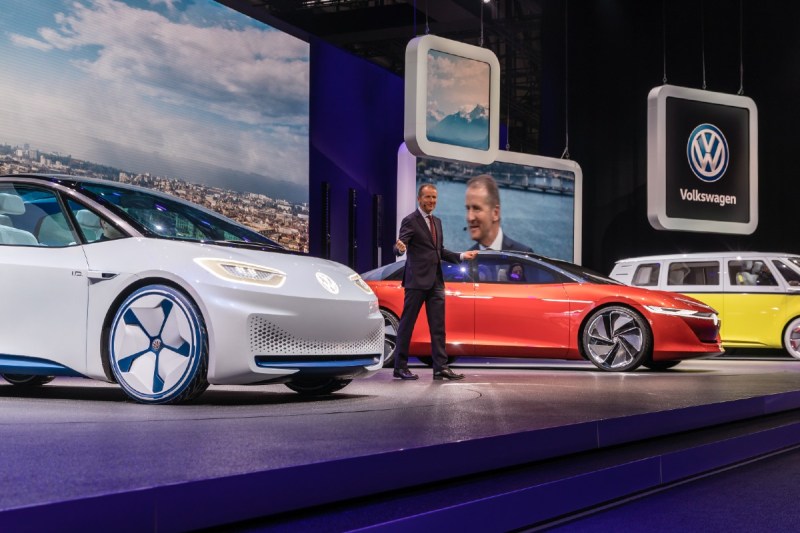
What the IRA changed
As of January 1, 2023, electric vehicles needed to meet a few of the IRA’s requirements to be eligible for any portion of the available federal tax credit. The following guidelines must be met in order for a buyer to get a tax break from the government for purchasing an electric vehicle:
- The electric vehicle must have a final assembly point in North America
- A certain percentage of the vehicle’s battery components have to come from North America
- A certain percentage of “critical materials” must be sourced in North America or through countries that have free trade agreements with the U.S.
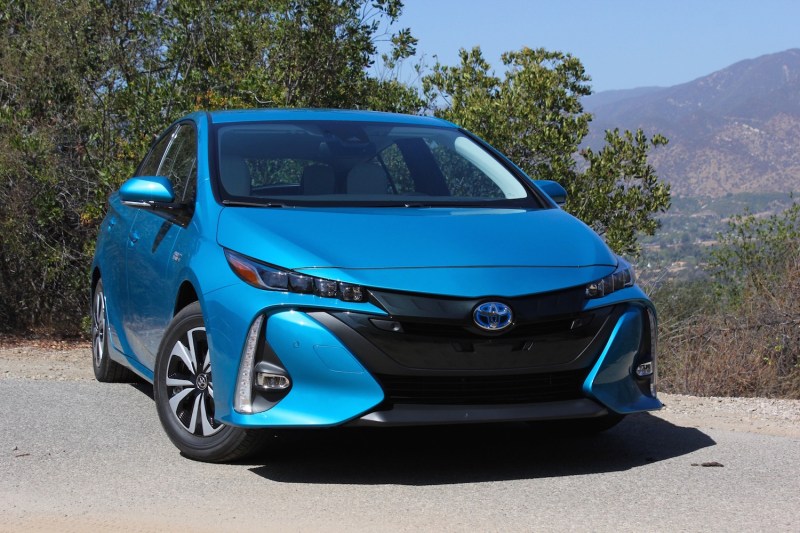
Breaking down what makes EVs eligible
The three changes listed above are a high-level view of what’s changed because of the IRA, but things get even more complex when you start to break them down. At the base level, every single EV has to have a final assembly point in North America to be eligible for any portion of the federal tax credit. This severely limits the number of available vehicles that are eligible for the federal tax credit, but that was the whole point of the changes. The government wanted more people to switch to American-made EVs, so it only offered the federal tax credit on EVs that are built here.
Then there are two major requirements for “critical minerals” and “battery components.” Meeting the requirements in each of these sections results in a credit amount of $3,750. So if a vehicle meets the critical minerals requirements but not the battery components part, it’s only eligible for $3,750, and vice versa. Only an EV that meets both requirements and is built in North America is eligible for the full $7,500 tax credit.
Here’s what the two requirements actually mean. The critical minerals portion requires an EV to have a minimum percentage of critical minerals that must be extracted or processed in the U.S. Alternatively, the minerals have to come from one of the U.S.’s free trade partners or be recycled in North America. The battery components section requires an EV to have a minimum percentage of battery components that are manufactured or assembled in North America.
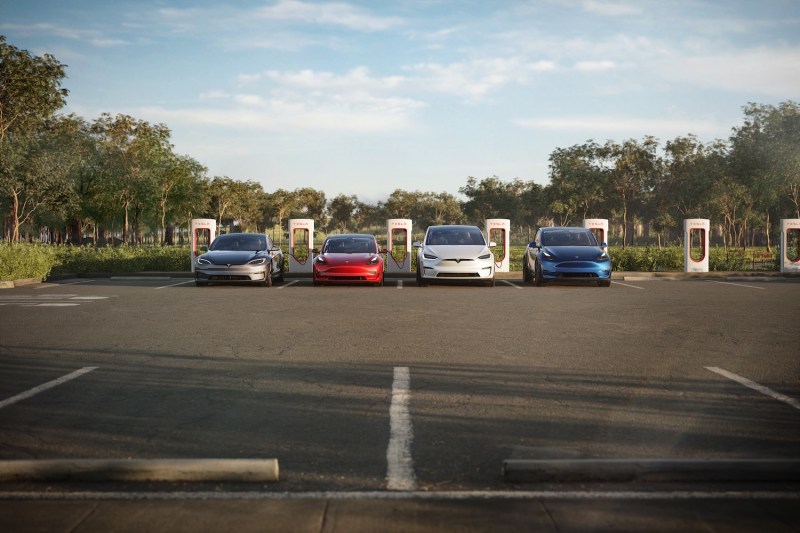
New EV cost and weight caps
Another major change that the IRA introduced is a cost cap on EVs. The federal government has put a price cap on electric vehicles that varies depending on body style. Electric sedans can’t cost more than $55,000, while larger pickup trucks, vans, and SUVs can’t be over $80,000. Sorry, GMC Hummer EV buyers, you’re out of luck. These figures are based on the MSRP of the vehicle, though the car’s final price is also taken into consideration. If you pack tons of options onto a vehicle to the point that it costs more than $80,000, the car won’t be eligible for the federal tax credit.
There’s also a new section about how much buyers can make to be eligible for the federal tax credit. Single filers can make a maximum of $150,000, the head of household is capped at $225,000, and buyers who are married and filing jointly can make up to $300,000.
Beyond pricing, the government is also organizing EVs by weight. In order to be classified as an SUV, EVs must weigh between 6,000 and 14,000 pounds.
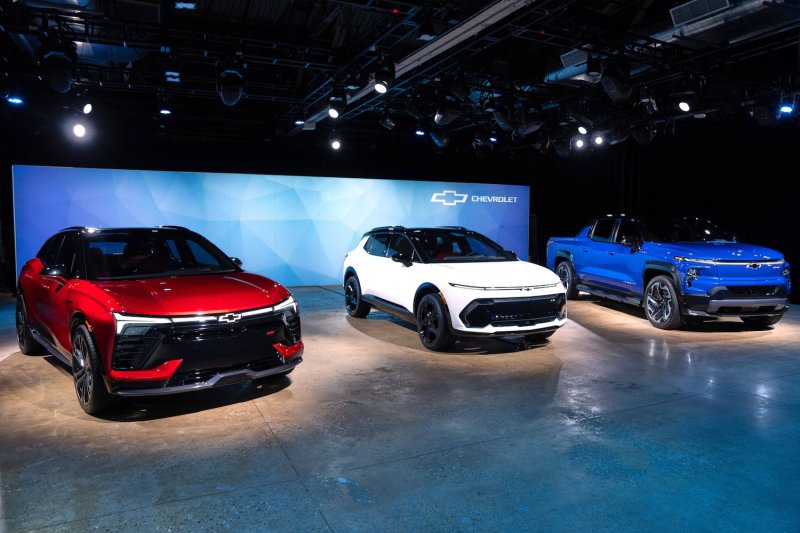
Changes made to requirements in 2023
Starting in April 2023, the federal government made changes to the eligibility requirements for the EV tax credit, requiring cars to be manufactured to the following specifications: 40% of “critical minerals” used in the manufacturing process of the vehicle’s batteries must be extracted, processed, or recycled in the U.S. on in a country where the U.S. has a free trade agreement, and 50% of the battery parts must be made or assembled in North America. Both of these figures will increase by 10%, respectively, every year until 2026, when it caps out at 80%.
Electrified vehicles of all sorts, which include hybrids, plug-in hybrids, and fully electric cars, must have a battery capacity of at least 7 kWh to be eligible for the federal tax credit. While a 7-kWh battery pack sounds small, this will allow some PHEVs to qualify for the tax credit.
Additionally, the U.S. Treasury Department has announced that consumers who lease a new EV will be eligible for the full $7,500 federal tax credit, regardless of where the vehicle is built. This is a loophole for buyers, as it allows them to get vehicles from Hyundai, Toyota, Kia, Subaru, Mazda, and more with the full tax credit. However, the buyer does not directly get the tax credit, instead, because the leasing company is technically buying the car, it would get the credit, and then passes some, or all of the amount to the customer in the form of lower payments.
Used electric vehicles are eligible for a smaller $4,000 federal credit or 30% of the vehicle’s price. In order for a vehicle to qualify, it must be less than two years old and cost less than $25,000. Unlike new vehicles, used EVs don’t have to be made in North America or follow the same requirements for battery components or critical minerals. Buyers looking to purchase a used vehicle must meet an income cap, though it’s not as high as the one for new EVs. Buyers can’t earn more than $75,000 for single filers, $112,500 for heads of households, and $150,000 for those filing jointly.
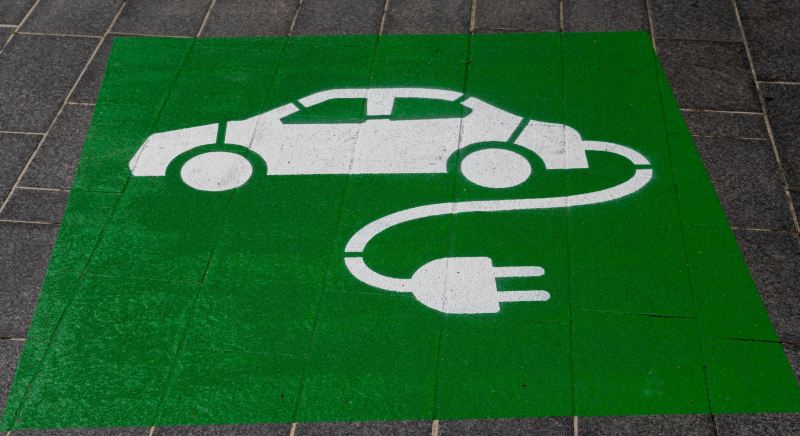
Rules for commercial vehicles
It’s not just passenger cars that are eligible for the federal electric vehicle tax credit, there are provisions for commercial vehicles to get the credit as well. According to the IRS, any business or tax-exempt organization that purchases a commercial vehicle that qualifies can receive a tax credit of up to $40,000. There are two classes of credit, based on the weight of the vehicle. Those weighing under 14,000 pounds are eligible for a credit of $7,500, while vehicles over that weight are eligible for a $40,000 credit. There are no limits to how many credits a business can claim.
To qualify for the credit, the vehicle must be:
- From a qualified manufacturer as defined by the IRS (the list is different than the one of qualified passenger cars. It is available here.)
- For business use, not resale.
- Used primarily in the U.S.
The vehicle must also have a battery capacity of at least 7 kWh for EVs under 14,000 pounds and 15 kWh for all other vehicles.

What about the future?
So far, we know about a few changes that will occur after 2023. Starting in 2024, the government will add wording to the federal tax credit that excludes battery components from China. In 2025, more wording will be added to ensure that battery minerals can’t come from a “foreign entity of concern,” which will mainly affect Russia and China. This could prove to be difficult for automakers, as most brands get batteries and EV components from China.
In 2023, the federal tax credit will be applied to a buyer’s tax return, which will be filed the following year in 2024. Starting in 2024, buyers can choose to transfer the tax credit to a dealership of their choosing to lower the vehicle’s price at the time of purchase.
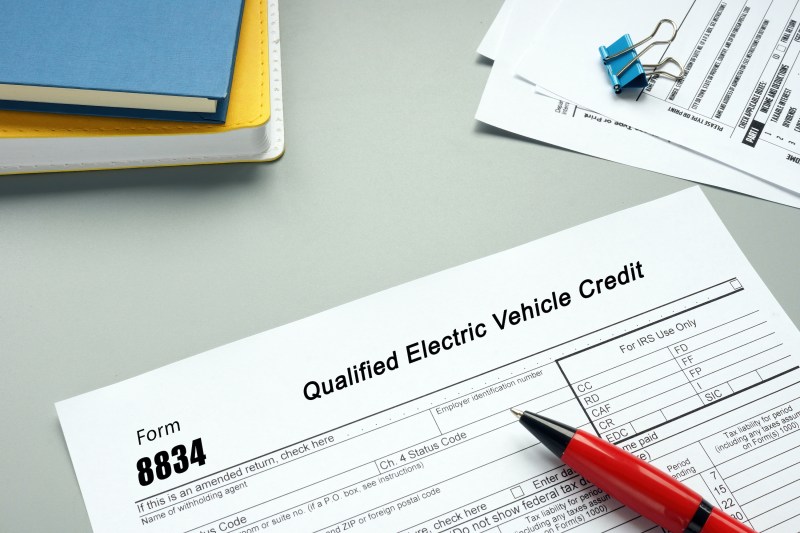
How to tell what vehicles apply for the tax credit
With all of these changes going into effect, finding an EV that’s actually eligible for the federal tax credit can be a nightmare. We recommend doing your own research before looking into purchasing a car. If you want to see what vehicles are currently eligible for the federal tax credit, you can visit the IRS’s official website. We’ve also put together a list of the current vehicles eligible, which includes some PHEVs. The U.S. Department of Energy also has a useful site where you can get more information on final assembly points for EVs and explore state incentives.
- Audi
- 2023 Q5 e-Quattro ($80,000)
- BMW
- 2023 330e ($55,000)
- 2023 X5 eDrive45e ($80,000)
- 2024 X5 xdrive50e ($80,000)
- Cadillac
- 2023-2024 Lyriq ($80,000)
- Chevrolet
- 2024 Silverado EV ($80,000)
- 2022-2023 Bolt ($55,000)
- 2022-2023 Bolt EUV ($55,000)
- Chrysler
- 2022-2023 Chrysler Pacifica PHEV ($80,000)
- Ford
- 2023 Escape Plug-in Hybrid ($80,000)
- 2022-2023 E-Transit ($80,000)
- 2022-2023 F-150 Lightning ($80,000)
- 2022-2023 Mustang Mach-E ($80,000)
- Genesis
- 2023-2024 Electrified GV70 ($80,000)
- Jeep
- 2022-2023 Wrangler 4xe ($80,000)
- 2022-2023 Grand Cherokee 4xe ($80,000)
- Lincoln
- 2022-2023 Lincoln Aviator Grand Touring ($80,000)
- 2023 Lincoln Corsair Grand Touring ($80,000)
- Mercedes-Benz
- 2023 EQE 350 SUV ($80,000)
- Nissan
- 2021-2023 Nissan Leaf S ($55,000)
- 2023 Leaf SV Plus ($55,000)
- Rivian
- 2022-2023 Rivian R1S ($80,000)
- 2022-2023 Rivian R1T ($80,000)
- Tesla
- 2022-2023 Model 3 Long Range ($55,000)
- 2022-2023 Model 3 Performance ($55,000)
- 2022-2023 Model 3 RWD ($55,000)
- 2022-2023 Model Y All-Wheel Drive ($80,000)
- 2022-2023 Model Y Long Range ($80,000)
- 2022-2023 Model Y Performance ($80,000)
- VW
- 2023 ID.4 ($80,000)
- 2023 ID.4 AWD Pro ($80,000)
- 2023 ID.4 AWD Pro S ($80,000)
- 2023 ID.4 Pro ($80,000)
- 2023 ID.4 Pro S ($80,000)
- 2023 ID.4 S ($80,000)
- Volvo
- 2023 S60 T8 Recharge (Extended Range) ($55,000)



